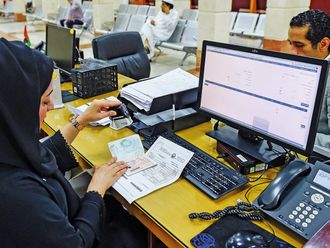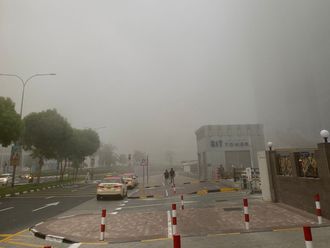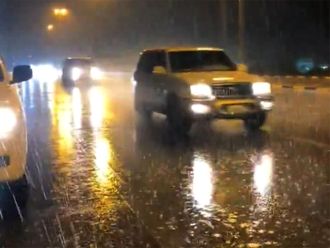Abu Dhabi: The UAE’s foray into space is also supporting its pioneering initiatives for sustainability.
As the UAE is preparing to send an unmanned probe to Mars by 2021, the technological capability of this mission is already giving a boost to other apparently unrelated sectors as well. The renewable energy sector, a key sector supporting the nation’s sustainability initiatives, is a major beneficiary of the UAE advancements in space technology.
Space technology is used to support the renewable energy sector, officials of Abu Dhabi Future Energy Company, Masdar, told Gulf News.
“You may wonder what space has got to do with sustainability. They are so integrally connected. Exploration of space [which is done incredibly efficiently] is about how you master anything you do,” said Anthony Mallows, executive director of Masdar City.
He said space exploration is based on the idea of how to do more with less. “This is what exactly you do in [efforts for] sustainability.” He said the late Shaikh Zayed Bin Sultan Al Nahyan, the founding father of the UAE, used to say the same — to live with less resources.
Mallows said simulation technology [production of a computer model of something] in space sector is used in renewable energy projects. The very complicated simulation of fluid dynamics can be used for wind power and wind turbines. “This is one application where you get technology transferred from one area of practice [space sector] to another [renewables],” he said.
Fluid dynamics is “the branch of applied science that is concerned with the movement of liquids and gases”, according to the American Heritage Dictionary. It is the study of fluids and how forces affect them. Some important technological applications of fluid dynamics include rocket engines, wind turbines, oil pipelines and air conditioning systems.
Mellows said the second area of use of simulation in renewables is simulating the performance of renewable energy projects in their planning stage. It helps to assess the role of sun, shade, wind and human behaviour within the project. “We have to optimise the resources. It allows you to understand how to be more sustainable.”
However, he said, the major contribution of space technology to renewables is its value system — how to do more with less!
Another senior official said Masdar employs a range of technical simulation tools in the development of its renewable energy projects. “For example, in wind energy, software packages are used to assess the wind resources of a particular project’s location and the potential annual yield of the project and the most effective turbine designs,” said Bert Hagenkort, head of Engineering at Masdar Clean Energy.
“Also, for photovoltaic (PV) projects, we refer to databases of PV components, including modules and inverters, to define a plant’s requirements and to understand special geometries, different electrical configurations and the potential electrical yield,” Hagenkort said.












